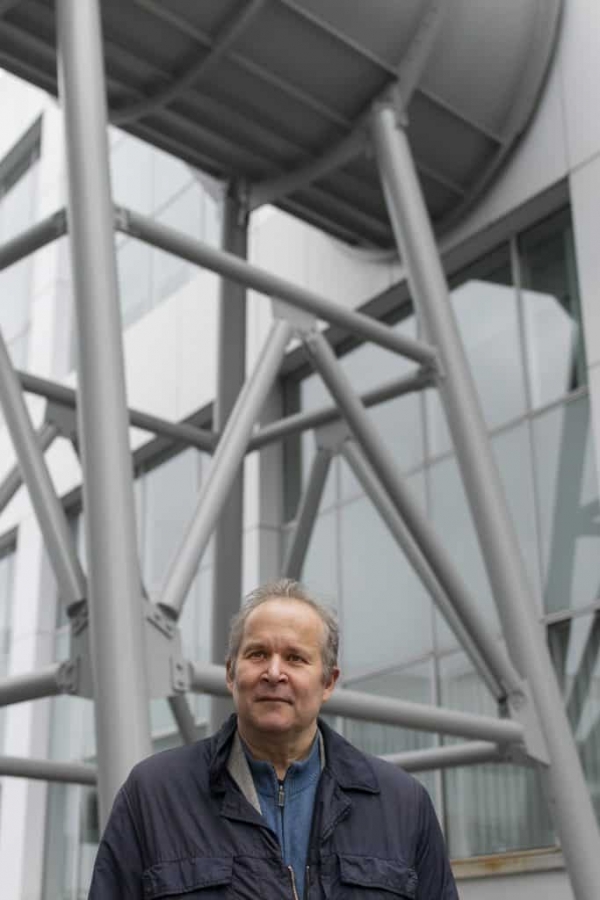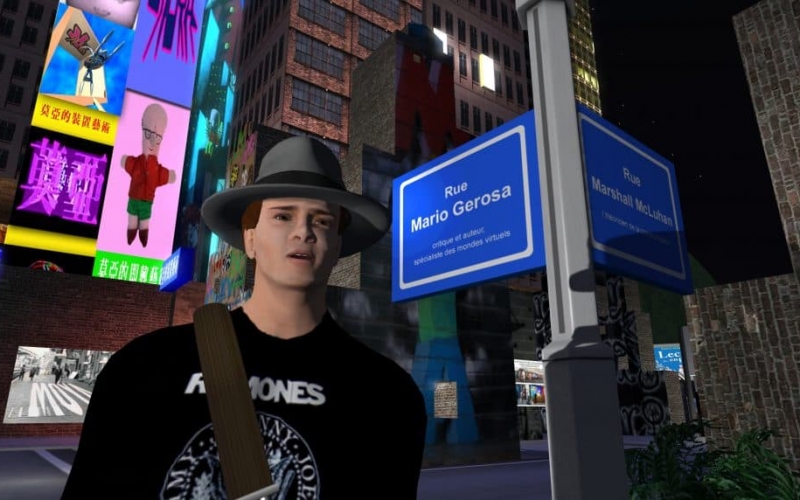
Mario Gerosa, photo © Davide Lopopolo
New media for new ways of exhibiting
The boom of virtual galleries
Lately interest in the virtual has rekindled. In particular, the new trend of virtual galleries has emerged. In 2020, many trade fairs scheduled around the world, but also biennials and art and antiques exhibitions to be set up in private galleries have been skipped due to the pandemic. Support for creating virtual backup versions, to temporarily replace existing ones, is offered by new technologies. You can create replicas or alternative models of places present in reality, which can be visited on the web using the mouse and computer keys or in some cases the viewers. Internationally renowned gallery owners and museums have created virtual versions of their exhibitions, as an alternative to physical exhibition centers, which are not viable during lockdown periods. It is important to rethink museums and fairs, also creating a virtual version of them, a backup version.
The Virtual Vernissage blog
To tell about virtual galleries and museums, the Virtual Vernissage blog was created, dedicated to new ways to exhibit online, but also to immersive exhibitions, which focus on new technologies, set up in the physical world. In the blog there are interviews with experts, interventions by exhibition curators and designers of virtual platforms and graphic engines, news on virtual exhibitions, insights into new ways of Internet exposure. The exhibition is completed by the latest generation virtual worlds, where the exhibitions can be shared in real time with other visitors present as avatars.
Virtual galleries as a preview of the 3D web
The idea of a virtual gallery is a concept that goes beyond the pure and simple discourse of the reserve exhibition space, of the rescue exhibition, which is also important. The development of a virtual space in 3D, to be covered and navigated with the keys of the computer or with the viewer, represents a small great revolution in the history of the internet. Once you have experienced the formula of exhibiting works or in general content in a virtual gallery,
you realize the potential of these new tools. The great transformation of the web into 3D came in silence, like so many great news. We talk about virtual galleries and are rightly associated with art exhibitions, which over time will be more and more beautiful, immersive and engaging. But the real object of this transformation is the whole web, which becomes three-dimensional. In the same way, the approach to the comparison of exhibitions in presence is changing, more and more attractive thanks to the use of virtual reality, multimedia contents and augmented reality.

Frank Koolhaas, Mario Gerosa’s avatar, in Moya Land, Second Life, Photo © Patrick Moya
Mario Gerosa, from the Recherche to Second Life and back
Creator and author of the blog is Mario Gerosa, professional journalist and scholar of digital cultures. The first virtual place he studied was the Grand Hotel de Balbec, the imaginary hotel of the Proustian Recherche, to which he dedicated his thesis in Architecture. After writing the first book published in Italy on the Second Life phenomenon, Gerosa conceived Synthravels, a travel agency for tours of virtual worlds, and drafted the Convention for the protection of virtual architectural heritage and the Decalogue for the design of virtual galleries. He also curated “Virtual Renaissance”, the first exhibition in the world on Second Life art, held in 2008 at the Museum of Natural History in Florence, taught Multimedia and virtual landscapes: digital art and cities at the Politecnico di Milano and held conferences on digital cultures and virtual worlds in Italy, France and the United States. Among his books, Virtual Museums, Virtual Renaissance, Cinema and Technology.
